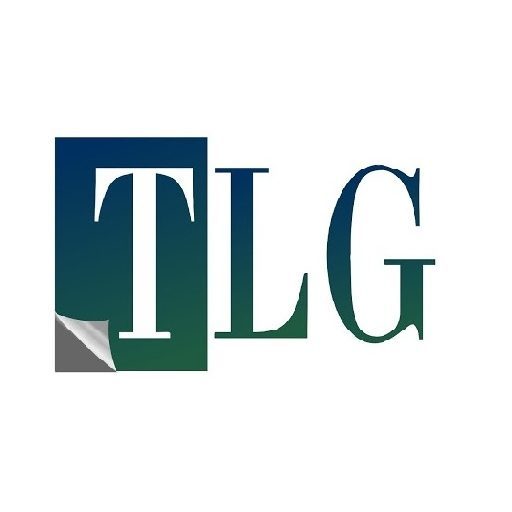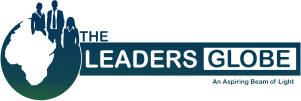The United States National Institutes of Health (NIH) have finalised a licensing agreement today with WHO’s COVID-19 Technology Access Pool (C-TAP) and the Medicines Patent Pool (MPP). Under this, they have approved the development of several innovative therapeutics, early-stage vaccines and diagnostic tools for COVID-19. This announcement was made today by the US Government at the second Global COVID-19 Summit, co-hosted by the United States, Belize, Germany, Indonesia and Senegal.
This is a boon for people living in low and middle income countries and may very well put an end to the pandemic. These licences, which are transparent, global and non-exclusive, will let manufacturers from around the world to work with MPP and C-TAP to make these technologies more accessible to these people. The C-TAP was launched in 2020 by the WHO Director-General and the President of Costa Rica. C-TAP’s goal is to facilitate timely, equitable and affordable access to COVID-19 health products by boosting their production and supply through open, transparent and non-exclusive licensing agreements.
There are around 11 Covid-19 technologies offered under these 2 licences. These include stabilised spike protein used in currently available COVID-19 vaccines, research tools for vaccine, therapeutic and diagnostic development as well as early-stage vaccine candidates and diagnostics.
Dr Tedros Adhanom Ghebreyesus, WHO Director-General welcomes the contribution NIH has made to C-TAP, calling it generous and declaring it as an example of solidarity and sharing. “Empowering lower-income countries to manufacture their own health tools is how we can solve any health crisis, be it today’s pandemic or tomorrow’s health emergency.”
“We are honoured to sign these public health-driven licence agreements with NIH under the auspices of C-TAP with the goal of providing equitable access to life-saving health products for the most vulnerable in the world,” said Charles Gore, MPP Executive Director.
He recalled that the NIH were the first to share their patents with MPP for an HIV product in 2010, when they were created. He hopes to continue strengthening this partnership, as the MPP model, quite evidently, works across different health technologies. In many cases, NIH will not collect royalties on sales of these products licensed in 49 countries. These countries have been classified by the U.N. as least developed countries.
The 11 technologies include:
• Perfusion spike proteins (Vaccine Development)
• Structure-Based Design of Spike Immunogens (Research Tool for Vaccine Development)
• Pseudotyping Plasmid (Research Tool for Vaccine Development)
• ACE2 Dimer construct (Research Tool for Drug Development)
• Synthetic humanised llama nanobody library and related use (Research Tool for Drug and Diagnostic Development)
• Newcastle Disease Virus-Like Particles Displaying Prefusion-Stabilised Spikes (Vaccine Candidate)
• Parainfluenza virus 3 based vaccine (Vaccine Candidate)
• A VSV-EBOV-Based Vaccine (Vaccine Candidate)
• RNASE H-Assisted Detection Assay for RNA (Diagnostic)
• Detection of SARS-CoV-2 and other RNA Virus (Diagnostic)
• High-Throughput Diagnostic Test (Diagnostic)




